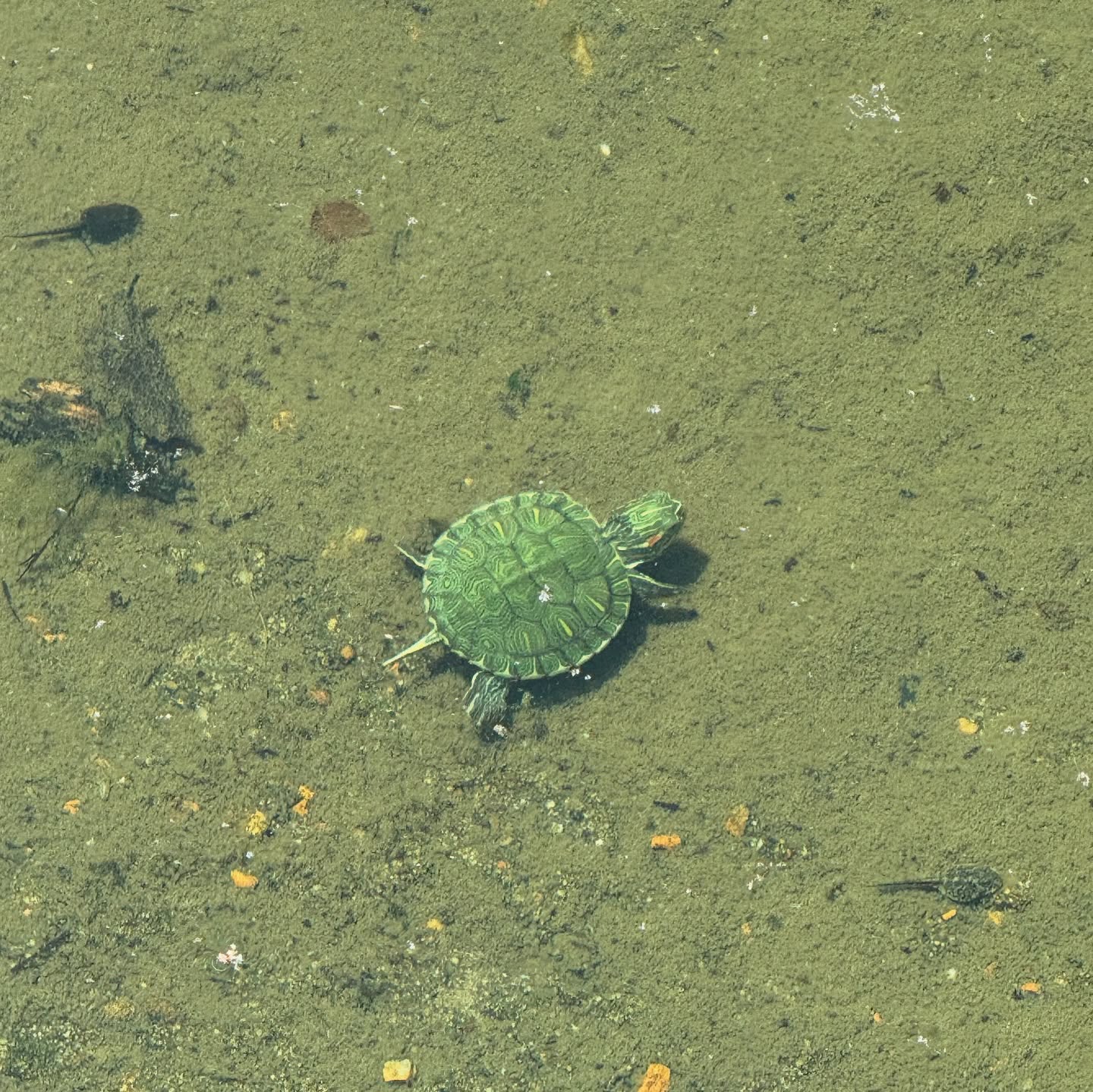-
Introduction to the Native Butterfly Garden and its pond ecosystem
-
The significance of aquatic species like turtles and frogs in garden ecosystems
-
The role of ponds in wildlife conservation and biodiversity
-
Best practices in zoo management and garden maintenance for educational purposes
- The importance of community involvement and awareness in conservation efforts
Nestled within the vibrant tapestry of our Native Butterfly Garden, the pond serves as a dynamic ecosystem brimming with life and activity. Visitors yesterday had the delightful opportunity to observe some little tykes swimming in the pond—an experience both enchanting and educational.
The Native Butterfly Garden’s ecosystem is meticulously designed to support a wide array of species. At the heart of this living display is the pond, a microhabitat where turtles and frogs thrive. These species play crucial roles in maintaining the ecological balance of the garden, contributing to both biodiversity and education. Understanding their interactions provides insights into broader conservation strategies.
Turtles and frogs, often overlooked, are integral to garden ecosystems. Turtles, with their slow and steady demeanor, are vital in controlling aquatic vegetation and maintaining water clarity. Their dietary habits prevent the overgrowth of plants, thereby supporting other aquatic inhabitants. Frogs, renowned for their melodic calls, serve as indicators of environmental health. Their presence and abundance reflect the garden’s ecological quality and the success of conservation efforts.
Ponds are crucial not only for their inhabitants but also for the broader ecological network. By attracting a variety of species, they increase the genetic diversity within garden ecosystems. The pond acts as a magnet for birds, insects, and mammals—each adding a layer of complexity to the habitat interactions. This concentration of biodiversity reinforces the garden’s role as a miniature conservation hub.
In terms of zoo management and garden maintenance, creating an engaging and educational environment is paramount. By maintaining clean water and suitable shelter, the pond becomes a reliable sanctuary for its tiny inhabitants. Pond maintenance involves regular monitoring of water quality, plant management, and ensuring the absence of pollutants—tasks essential for sustaining the health of species like turtles and frogs. This careful management is part of a broader educational strategy to inspire future generations about the importance of conservation.
Community involvement is an essential component of wildlife conservation efforts. By engaging the public through educational programs and guided tours, gardens can foster a deeper appreciation for nature. Initiatives such as citizen science projects and volunteer days offer practical ways for individuals to contribute to conservation. This community-centric approach not only enhances awareness but also builds a support network dedicated to preserving these vital ecosystems.
The presence of some little tykes swimming in the pond of our Native Butterfly Garden today highlights the harmonious interaction between nature and structured conservation efforts. It exemplifies how small, purposeful changes can yield significant benefits for both biodiversity and public education. As visitors enjoy these serene scenes, the garden stands as a testament to the power of thoughtful environmental stewardship and collective action.
*****
Source Description
Some little tykes swimming in the pond of our Native Butterfly Garden today!🐢🐸💦
📷: Paula Betz


